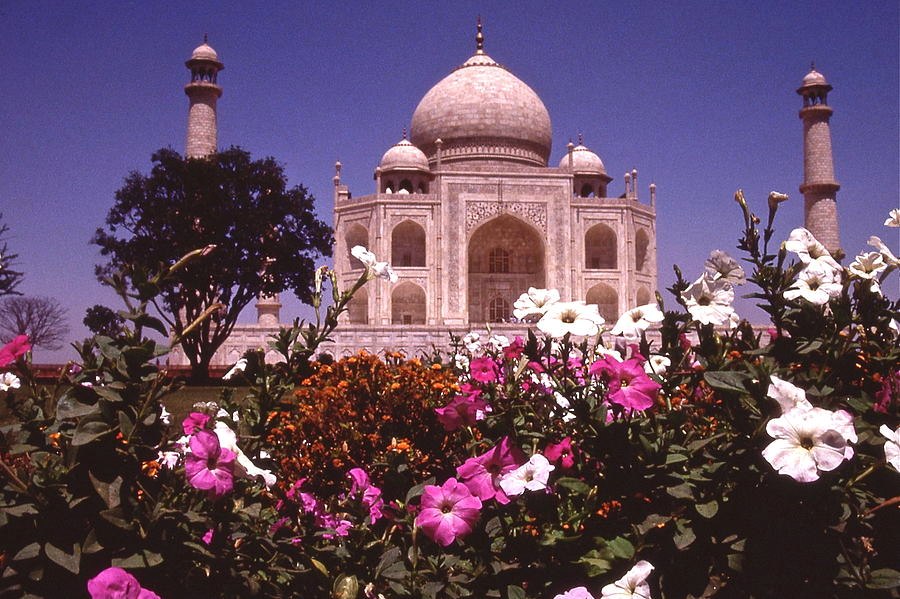The Enchanting Taj Mahal Garden: Design and Architecture

Discover the Beauty of the Taj Garden
The Taj Mahal is famous for its stunning marble architecture, but its beautiful gardens add to its charm. The Taj Mahal garden, known as the Charbagh, showcases Persian garden design and enhances the overall appeal of this iconic monument. Let’s explore the Taj Mahal garden, its design, and its architecture.
Taj Mahal Garden: A Symbol of Paradise
The Taj Mahal symbolizes paradise on earth. The garden covers a vast area and features a traditional Persian layout called the Charbagh. This design divides the garden into four main sections with walkways and water channels. The layout represents the four rivers of paradise, creating a sense of harmony and peace.
Taj Mahal Garden Design: Balance and Beauty
The design of the Taj Mahal emphasizes symmetry and balance. The garden aligns perfectly with the main mausoleum, creating a serene and picturesque setting. Walkways and water channels form a grid, dividing the garden into neat quadrants. Each section features lush lawns, blooming flowers, and carefully arranged trees, enhancing the garden’s beauty.
Taj Mahal Garden Architecture: Persian Influence
Persian garden designs heavily influence the architecture of the Taj Mahal. The Charbagh layout, central water features, and geometric precision are all hallmarks of Persian gardens. Water channels not only add to the garden’s beauty but also help cool the area, making it a pleasant place to visit.
Key Features of the Taj Mahal Garden
Several key features make the Taj garden a special place. Reflection pools create stunning mirrored images of the Taj Mahal, especially at sunrise and sunset. Fountains along the water channels add movement and sound, creating a soothing ambiance. These elements work together to enhance the garden’s tranquility and beauty.
Enhancing the Taj Mahal Experience
The garden plays a crucial role in the overall Taj Mahal experience. It serves as a green oasis, contrasting beautifully with the white marble of the mausoleum. The lush greenery, vibrant flowers, and serene environment provide a peaceful setting for visitors. The garden allows people to fully appreciate the beauty and grandeur of the Taj Mahal.
Conclusion
In conclusion, the Taj Mahal is a masterpiece of design and architecture that complements the Taj Mahal perfectly. Its symmetrical layout, Persian influences, and peaceful ambiance make it an essential part of the monument’s appeal. Whether you’re an architecture enthusiast, history lover, or traveler seeking beauty and tranquility, the Taj Mahal offers a captivating experience that enhances your visit to this world-famous landmark.

